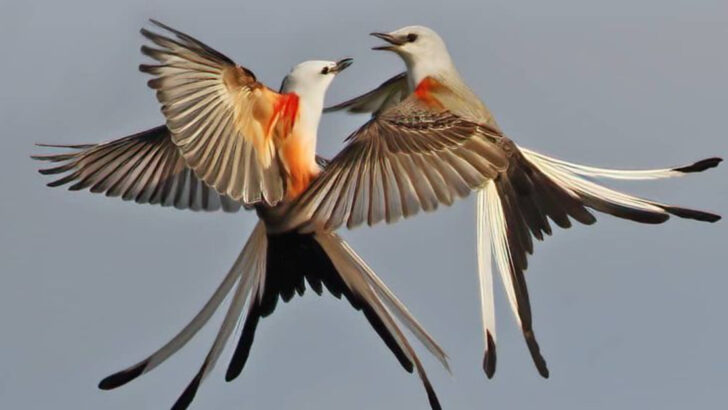Tired of wasps crashing your peaceful garden moments? Let nature step in and save the day! Birds, those charming creatures you love to watch, are also secret warriors in the battle against pesky wasps.
Far from just providing a pretty soundtrack, these birds are skilled hunters, swooping in to take out unwanted pests like wasps with precision. Not only do they help keep your garden safe, but they also add a touch of wild beauty to your space.
From agile flyers to stealthy stalkers, certain bird species are the perfect allies for wasp control. They make your garden a safer, more serene place, all while doing what they do best—keeping nature’s balance intact.
Join us as we explore five amazing birds that will turn your garden into a wasp-free paradise. It’s time to let your feathered friends do the hard work!
European Bee-eater
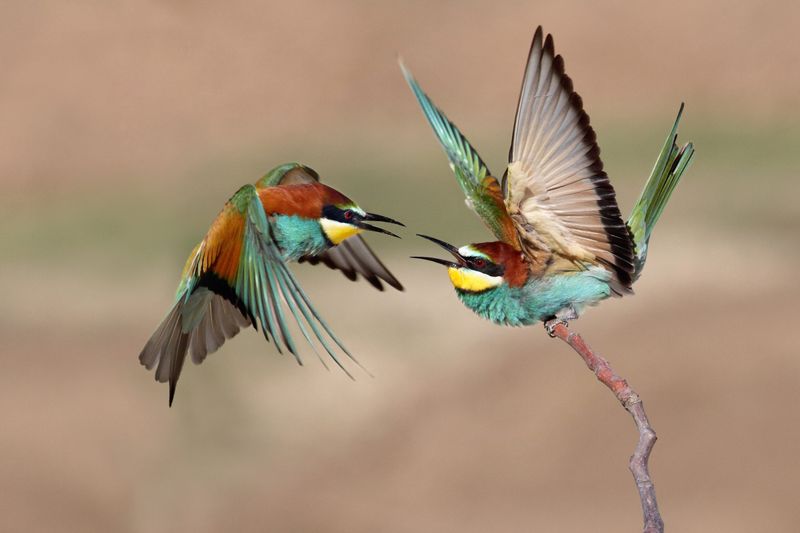
Meet the European Bee-eater, a vibrant bird that dazzles with its rainbow-hued feathers. This striking avian is a master of aerial acrobatics, swooping gracefully to catch wasps mid-flight.
With a knack for plucking insects right out of the sky, the Bee-eater is an artist of precision. Its slender, curving beak is perfectly adapted for snatching wasps, bees, and other flying insects.
These birds are found across Europe and parts of Africa, migrating seasonally. Their presence in your garden is not only a deterrent to wasps but also adds a splash of color.
Purple Martin
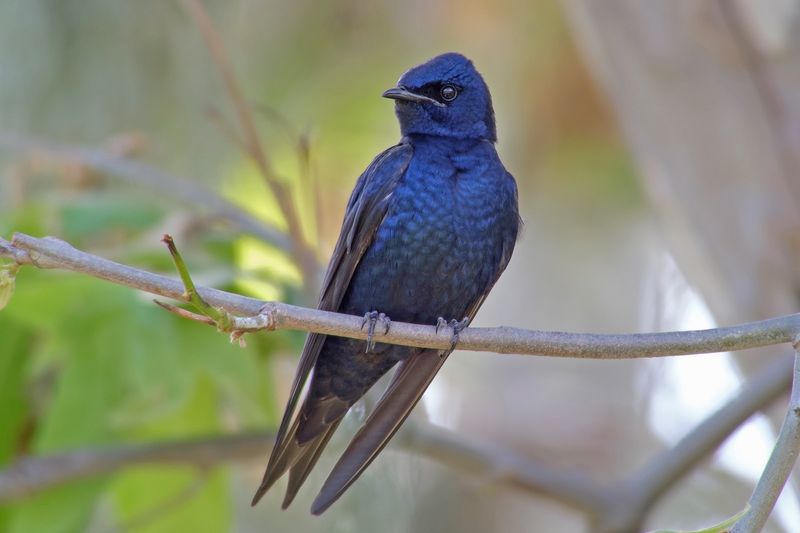
The Purple Martin, North America’s largest swallow, is renowned for its insect-catching prowess. With glossy feathers and a lilting call, it is both a beauty and a boon to gardeners.
Martins are particularly fond of wasps and other winged insects, which they catch with remarkable speed and agility. These birds thrive in colonies, often residing in specially built birdhouses.
Their communal nature brings a lively, harmonious atmosphere to any garden. Inviting Purple Martins into your space means fewer wasps and more melodious mornings.
Crested Titmouse
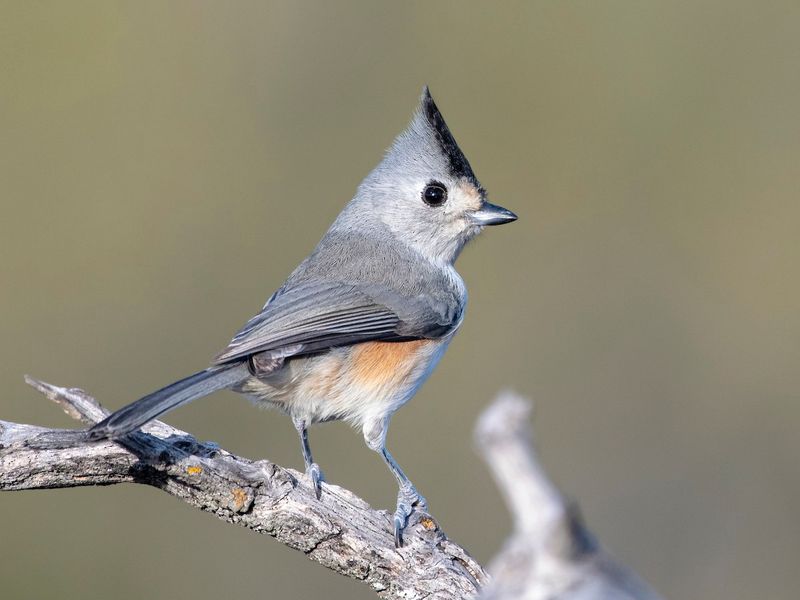
With its endearing crest and lively demeanor, the Crested Titmouse is a delightful presence in the garden. Not only is it charming to observe, but it also plays a vital role in pest control.
This little bird has a varied diet that includes wasps, making it a natural ally in your backyard. Its curious nature leads it to explore every nook and cranny, ensuring no insect goes unnoticed.
Having a Crested Titmouse around means a reduction in unwanted stinging guests. Plus, their animated antics can bring joy to any observer.
Eastern Phoebe

The Eastern Phoebe, a small and understated bird, offers much more than meets the eye. Known for its incessant tail-wagging, this bird specializes in catching flying insects, including wasps.
Its simple, sweet song adds a gentle charm to any garden setting. Phoebes are known for their adaptable nature, often nesting near human habitats.
Their presence can lead to a noticeable decrease in wasp numbers, making outdoor activities more pleasant. Their quiet, diligent nature ensures they work tirelessly to keep your garden buzzing with activity—but not wasps.
Barn Swallow
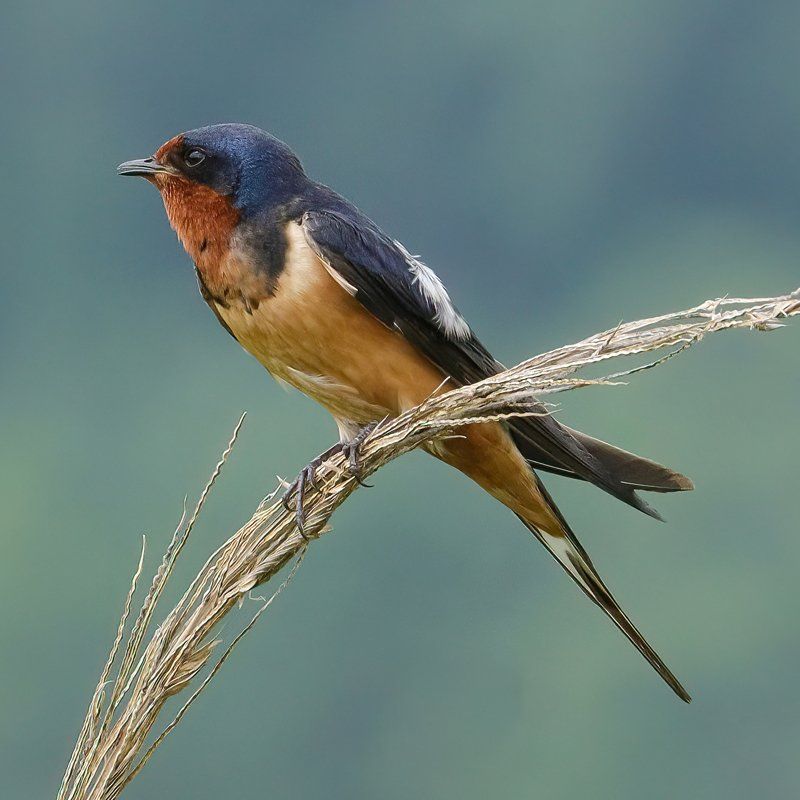
Graceful and elegant, the Barn Swallow is a master of the skies. With a distinctive forked tail and streamlined body, it effortlessly glides through the air, catching insects on the wing.
Wasps are among its favorite snacks, providing natural pest control. Swallows often nest in barns and other structures, making them a familiar sight in rural areas.
Their cheerful, twittering calls add music to the countryside. Encouraging Barn Swallows to take up residence nearby means embracing both their charm and their practical benefits.
The Masked Shrike
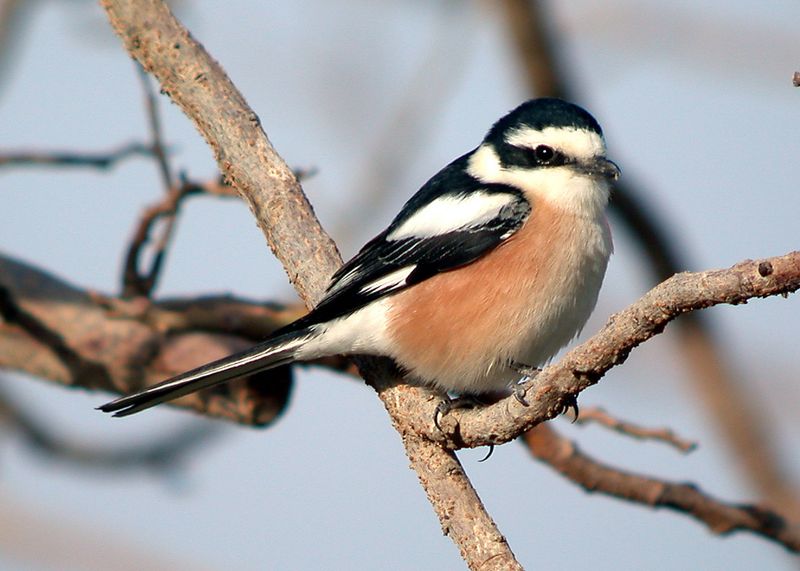
The Masked Shrike is a small yet fierce bird known for its remarkable ability to hunt wasps. With its sharp beak and keen eyesight, it spots wasps from a distance, swooping in with precision.
Its striking black and white plumage is a sight to behold, making it a standout in any garden. This little hunter is not just about looks; it’s a nimble predator. It cleverly uses its environment, often impaling prey on thorns to enjoy later.
Its adaptability and hunting prowess make it a top contender for natural pest control. Whether in the wild or in gardens, the Masked Shrike is a true wasp warrior.
The Velvet Antbird
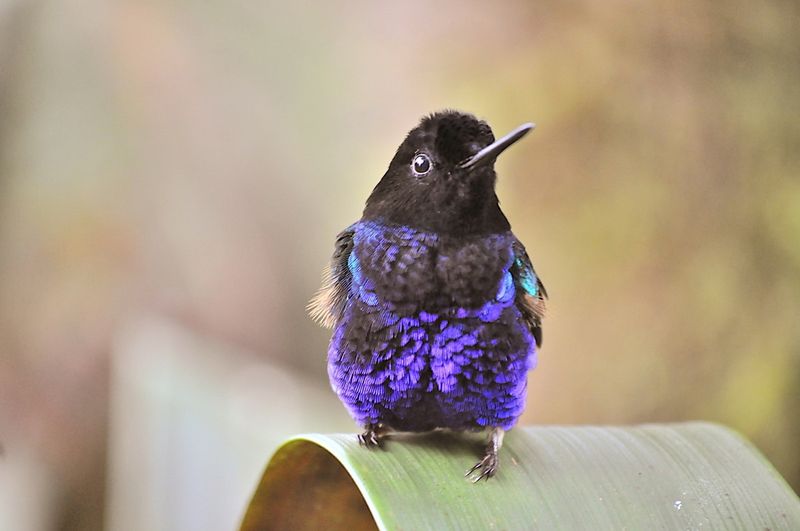
The Velvet Antbird’s name might suggest a fondness for ants, but this bird is also a formidable foe to wasps. Its glossy, dark feathers shimmer in the sunlight, adding a touch of elegance to its lethal nature. Deep in the forest, it effortlessly flits from branch to branch, tracking down its prey.
With a sharp beak and agile movements, it makes quick work of wasps, providing a natural solution to pest problems. Its presence in your garden not only reduces pests but adds a sense of beauty and mystery, with its shadowy appearance.
The Velvet Antbird is an enchanting addition for those seeking a natural pest control ally.
The Dancing Flycatcher
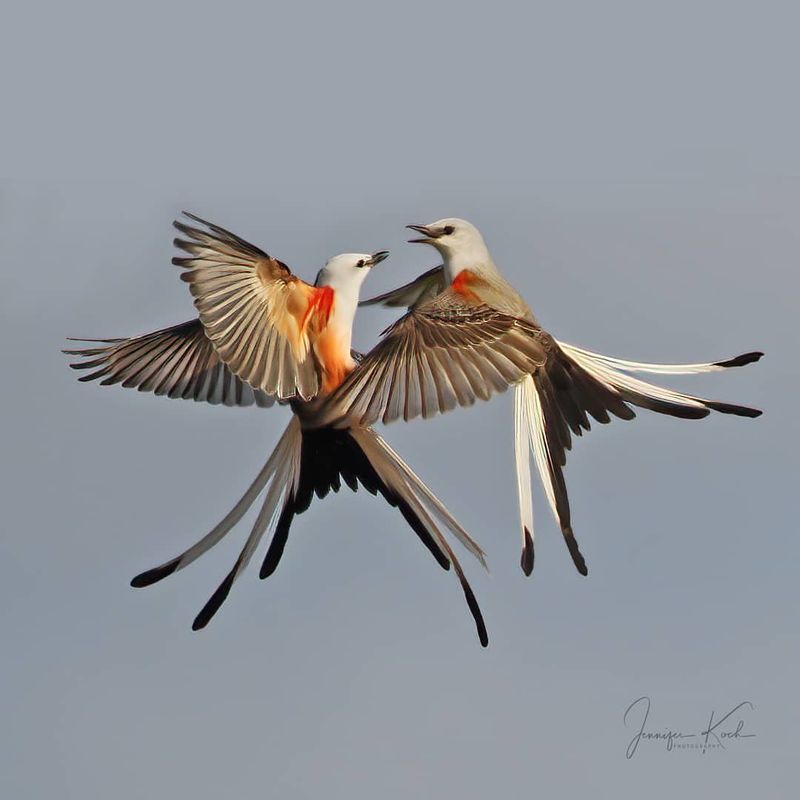
With a burst of colors and exceptional agility, the Dancing Flycatcher turns wasp hunting into an art form. As it flutters through the air, its vibrant plumage becomes a mesmerizing blur, captivating any observer.
This bird’s acrobatic skills are unparalleled, making it a master wasp hunter. Its aerial dance is not just for show; each twist and turn is calculated to snatch wasps mid-flight. This precision and elegance make it a standout in any backyard.
Encouraging the presence of Dancing Flycatchers can transform your garden into a lively theater of natural pest control. Witness their spectacular performances, and enjoy a wasp-free environment.
The Cactus Wren
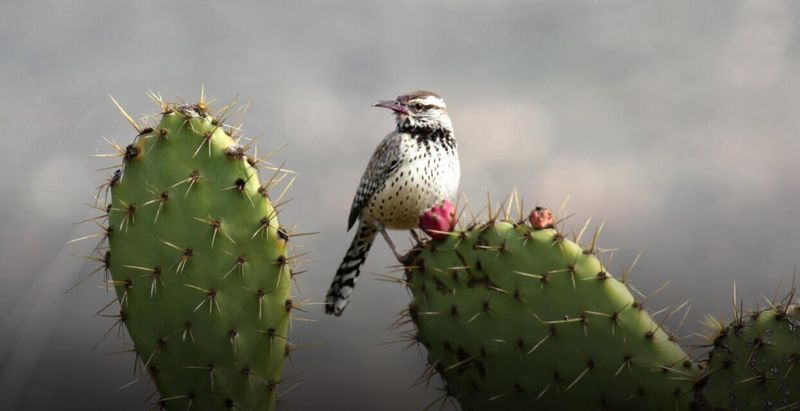
In the arid desert, the Cactus Wren reigns supreme. Its speckled brown and white feathers offer perfect camouflage against the harsh landscape, yet it stands out with its unique approach to pest control.
This resourceful bird uses cactus spines to protect its nest while keeping a keen eye out for wasps. With a swift peck, the Cactus Wren neutralizes its target, making it an essential part of desert ecosystems.
Its adaptability to harsh conditions and cunning tactics make it a favorite among those seeking natural pest solutions. Welcome the Cactus Wren, and let it handle the wasp problem with desert flair.
The Rainbow Honeyeater
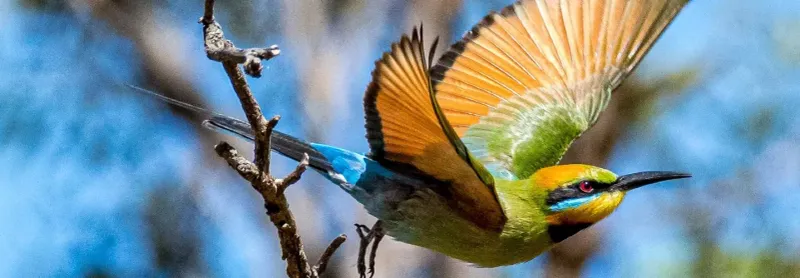
The Rainbow Honeyeater dazzles with its iridescent plumage, bringing a splash of color to any setting. While it primarily feeds on nectar, its opportunistic nature makes wasp hunting part of its routine. Its keen eyesight helps it spot wasps near flowers, striking with lightning speed.
This bird not only offers pest control but also acts as a pollinator, supporting garden health and biodiversity. Its presence is a boon for any nature lover, harmonizing beauty with functionality in your outdoor space.
Invite the Rainbow Honeyeater into your garden, and relish the dual benefits of pest reduction and ecological balance.

